Vape ban is one of the controversial matters in the US now. Over recent years, vaping regulations have been coming into force in different parts of the US. While some regional authorities gave green light to vapers, others restricted vaping strictly together with smoking regular cigarettes.
For a long time, vaping has been marketed as a safer alternative to smoking. However, this alternative has never been called completely safe.
The administration of Donald Trump plans to ban flavored e-cigarettes and warned that new and strong FDA recommendations regarding flavored e-cigarettes will be issued in the next weeks.

While there is not enough information to call e-cigarettes harmful or safe for sure, one question remains unanswered: how will the vaping ban impact people who transitioned to vaping as an alternative to smoking?
If you get on Twitter, you will see tons of angry vapers commenting on the vaping ban posts and giving quite sane reasons for their discontent. The campaign of vapers is marked by the #wevapewevote hashtag.
American Vaping Association encouraged businesses to help consumers preserve their right to vape. They established a National Save Vaping Day on October 7.
The goal of this day was to motivate businesses to donate some of their profits to the American Vaping Association as well as to the Consumer Advocates for Smoke-free Alternatives Association.

In New York, the flavor ban is temporarily prevented from being enforced. Previously, the Vapor Technology Association (VTA), Benevolent ELiquids Inc., and Perfection Vapes received a temporary restraining order from the New York State Appellate Division.
It means that until the court finishes the current legal argument, they cannot move on to enforcing the flavor vape ban.
In Maryland, the court concluded that all the vaping products should submit premarket tobacco applications within the next ten months. This means that the vaping industry should handle things by the deadline which comes on the 11th of May, 2020.
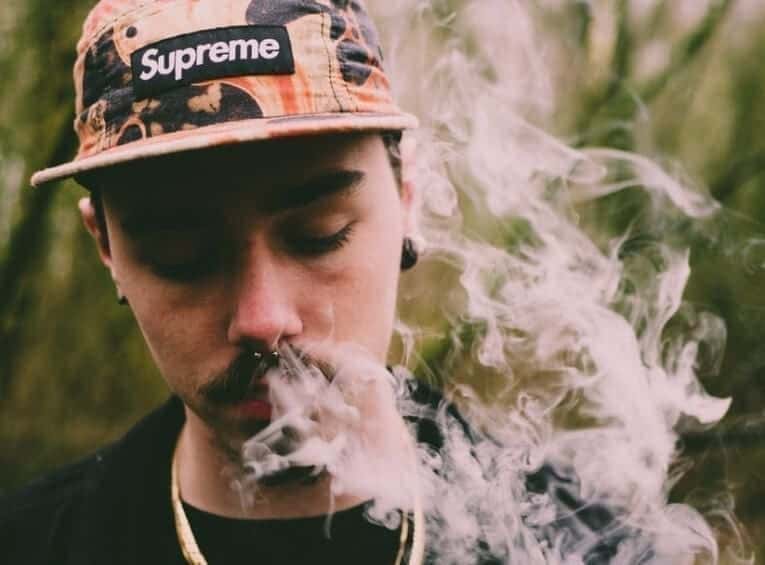
Things do not look quite as bright for the vapers in the Pacific Northwest. In Oregon and Washington, the governors followed the trend and banned flavored vaping products, regardless of whether they contain nicotine or THC.
The governors justify their decision by a country-wide outbreak of lung injuries that seem to be caused by adulterated cannabis oil products. As of now, there are no instances of lung injuries caused by commercial nicotine vaping products.
In Washington, where the deaths of consumers were linked to legal dispensary cannabis products, the governors banned flavored cannabis oils together with flavored nicotine vaping products.
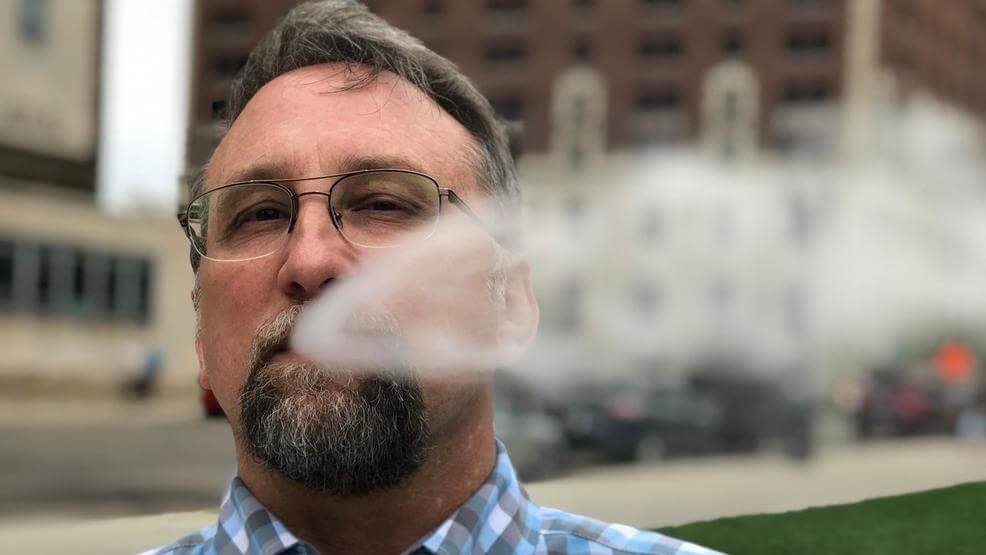
The decision was made regardless of the fact that flavors themselves did not cause any injuries or deaths.
In Oregon, flavored vaping products received a temporary six-months ban so far. Some outraged consumers argue that this action of Oregon legislators is the abuse of emergency power.
Things are quite different in Utah. At first, the state department of health issued an emergency rule that made licensed tobacco retailers post warnings about THC oil cartridges.
The same rule banned the sale of flavored vaping products to all of the tobacco stores. The enforcement of the rule is postponed till October 21, because many vape shops in Utah are mixed retailer stores, not licensed tobacco retailers.
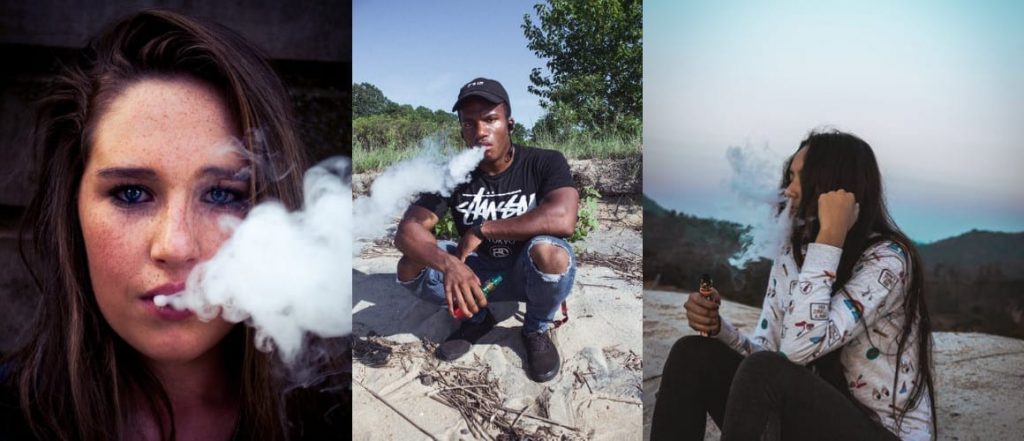
In Michigan and Massachusetts, two lawsuits followed the emergency vaping ban. Many Michigan vape shops had to close after the ban went into effect. It made numerous vapers go back to cigarettes. The state issued a health advisory that warns users against buying illegal THC vape carts.
In New Jersey and Ohio, things look brighter for the vaping industry and its consumers. The governors of these states decided that they didn’t have the needed authority to ban vaping products. If the flavor bans come into the legislation of bordering states, they might need to change their decision.
The Governor of New Jersey, Phil Murphy, openly stated that it is high time to ban the vaping products in the state. He also admitted that he lacked the authority needed to do it on his own. He added that he would take more actions the moment he had the authority.
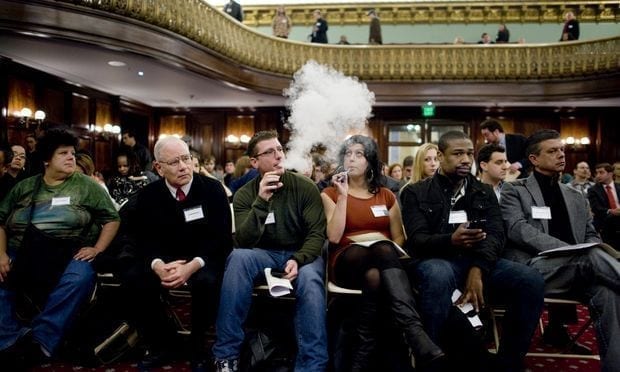
In Ohio, state legislators were called to ban flavored vaping products by Governor Mike DeWine. A Republican representative Tom Patton issued a bill banning all flavors except pure tobacco.
There is also a bill that places certain restrictions on the state vape shops. Earlier this year, the state imposed a tax on e-liquids (ten cents-per-milliliter) that has already caused many vape shops to close.
The Ohio Vapor Trade Association held a rally to protest against the recent bans. This rally was well-attended.
Currently, CASAA has an active call to action for the state of Michigan. Vapers and other supporters are asked to support the bill that would eliminate the state’s ability to ban flavors.
In Massachusetts, four vaping businesses together with the VTA have filed a lawsuit against the state’s four-month ban on all vaping products.
Pretty soon after the ban was imposed, CASAA issued a call to action, asking the consumers to contact the governor and record their opposition.
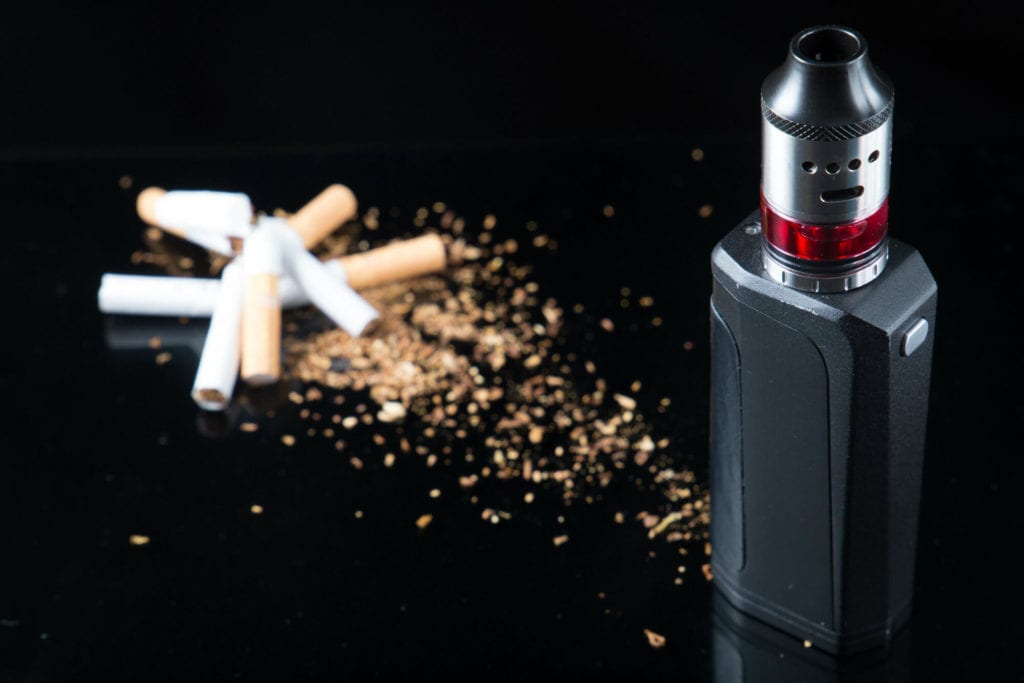
Massachusetts consumers of vaping products are encouraged to stand their ground.
All in all, it looks like emergency vaping bans are causing a lot of tension across the country. While it is true that e-cigarettes caused six deaths across the US and over 450 injuries, there is no single substance or e-liquid to be found guilty of all the cases.
What’s more, a lot of consumers with injuries recognized that they bought the vaping products off the street. However, in the face of lung disease scare, President Trump intends to ban all kinds of flavored vaping products altogether.
The argument is that the unflavored products are not going to be as attractive for the younger and underage consumers.

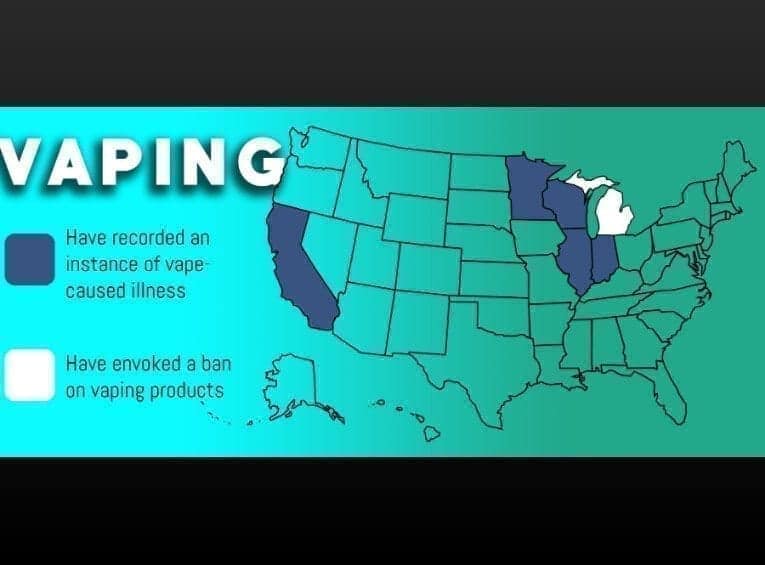
0 Comments